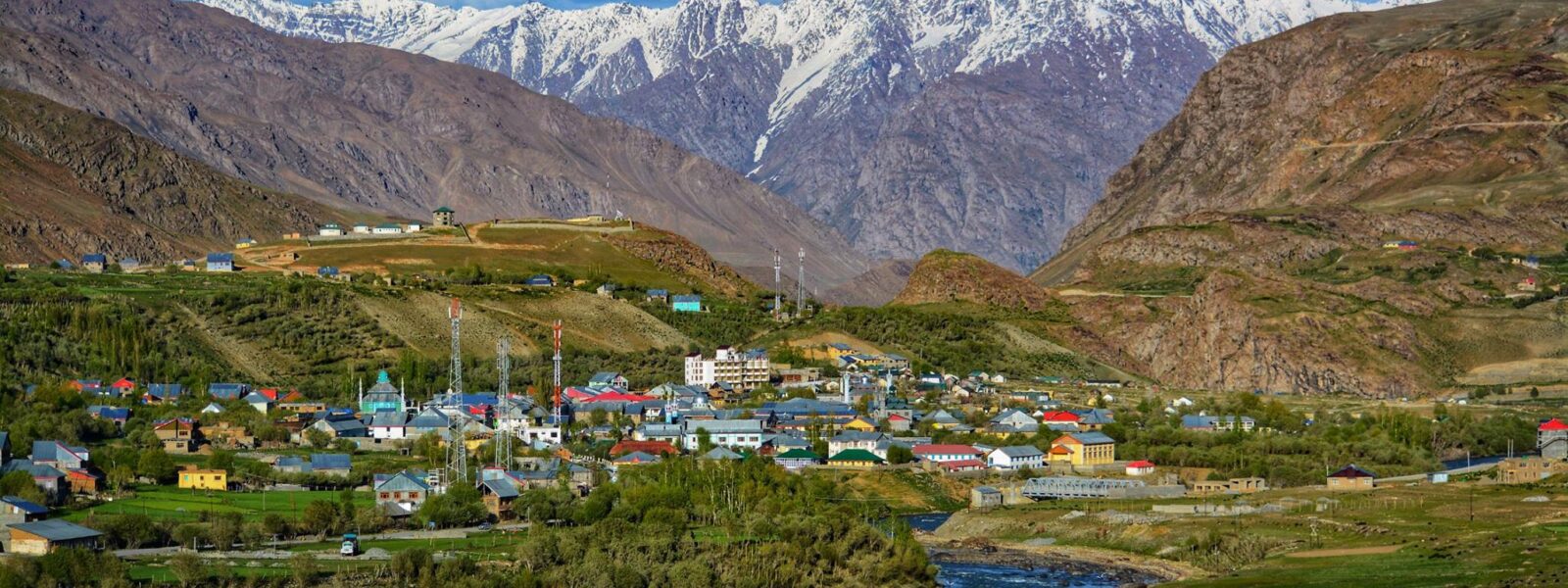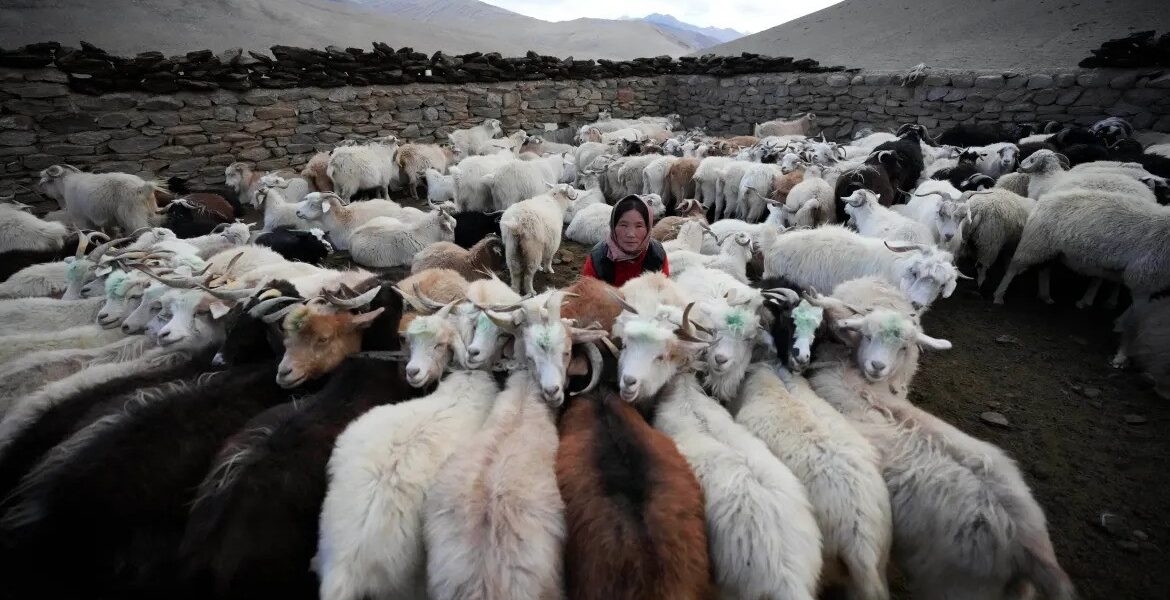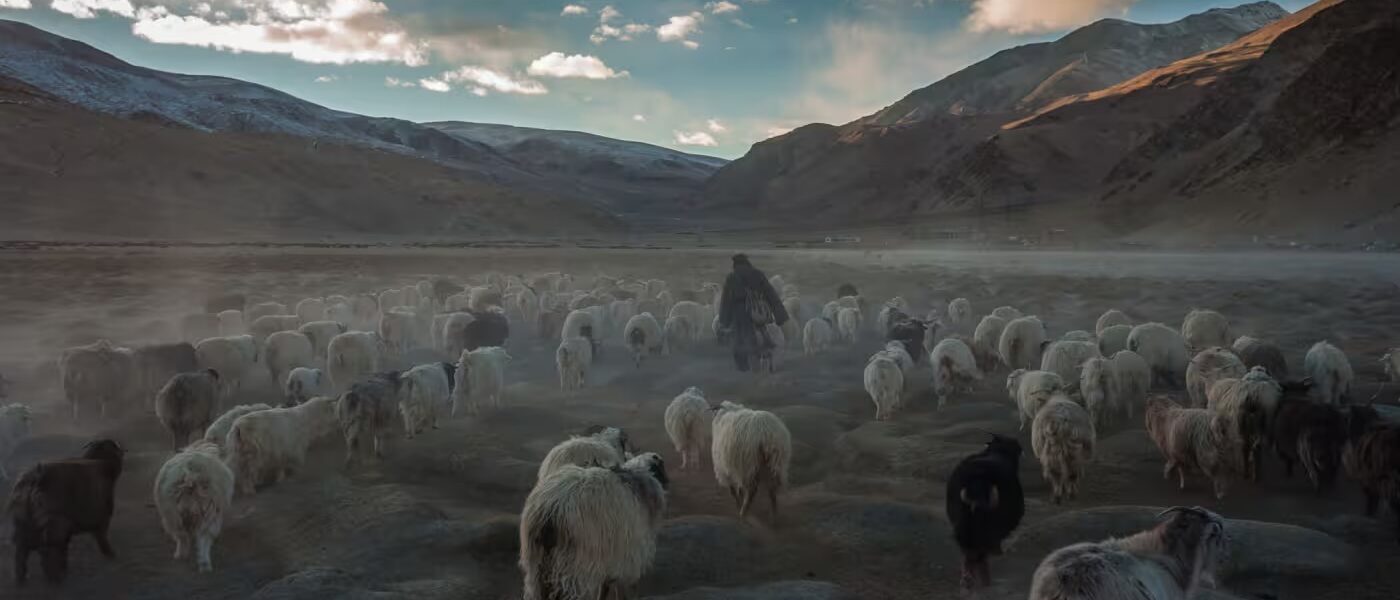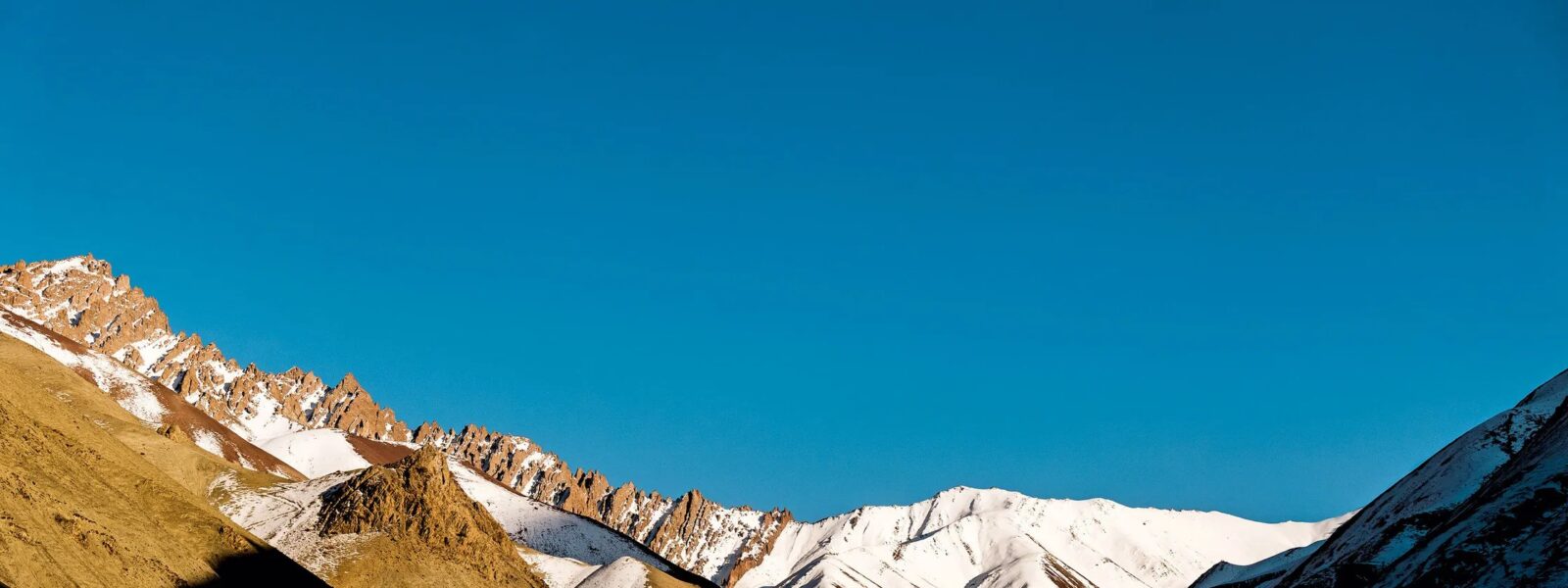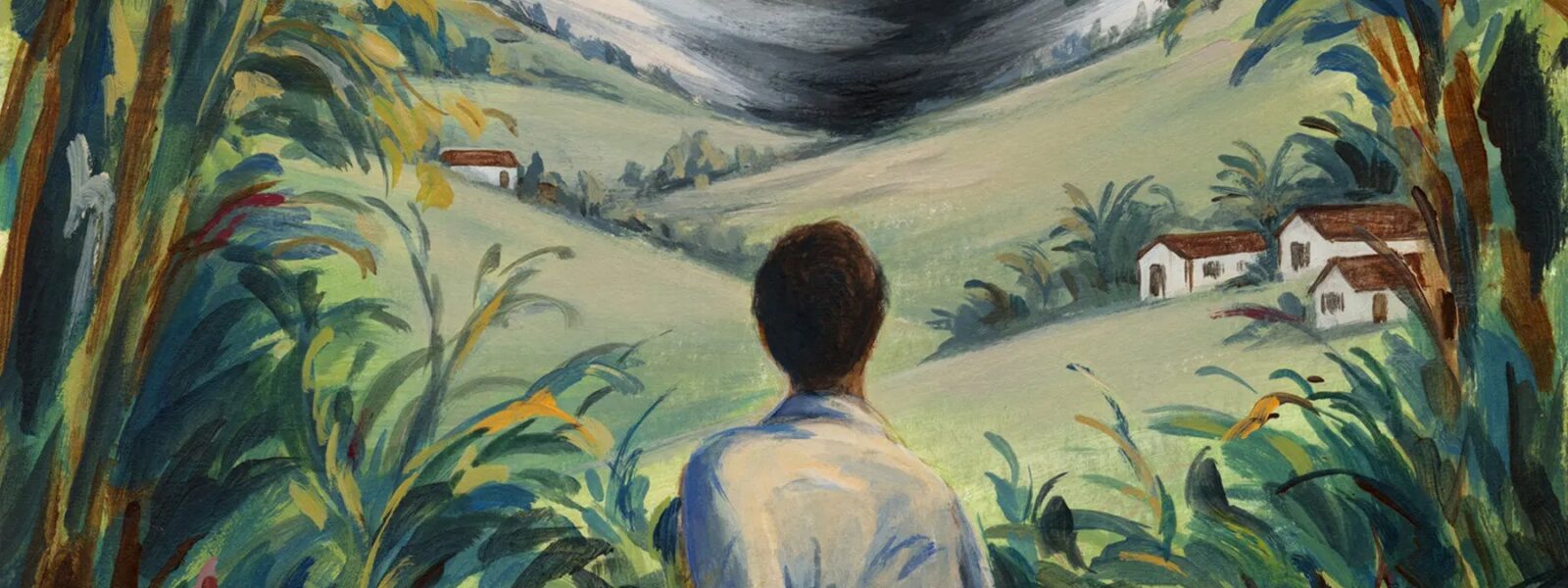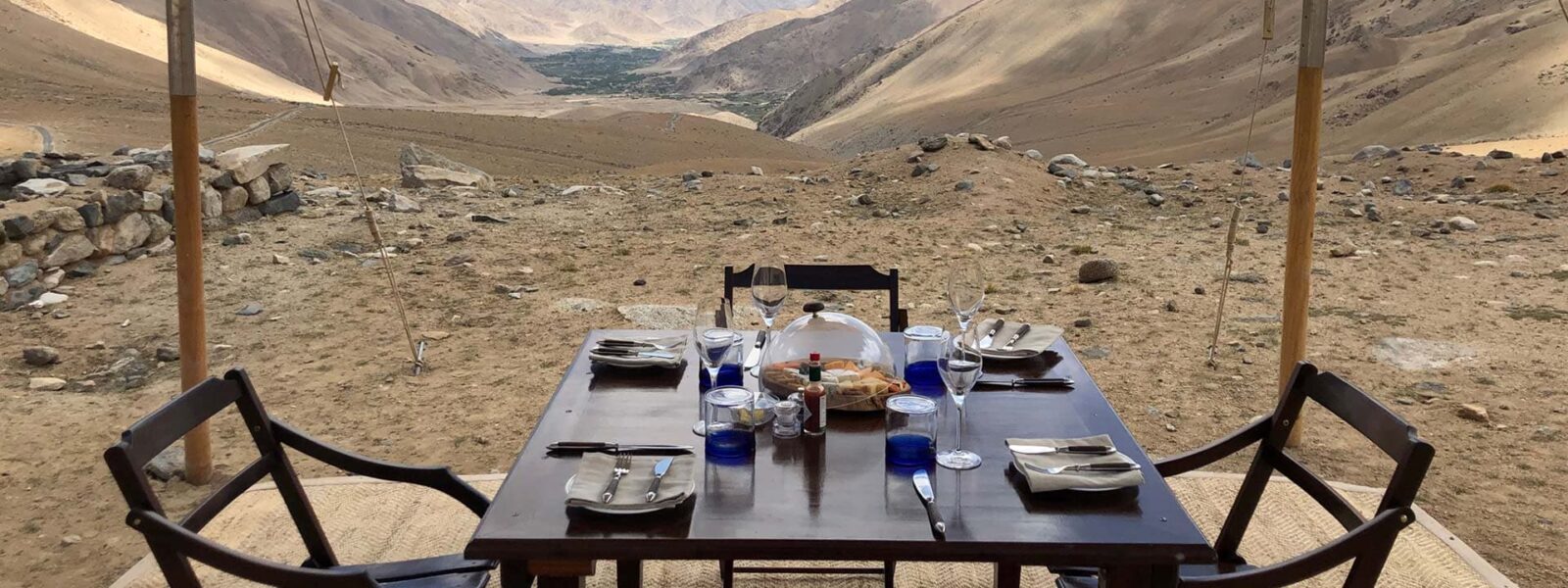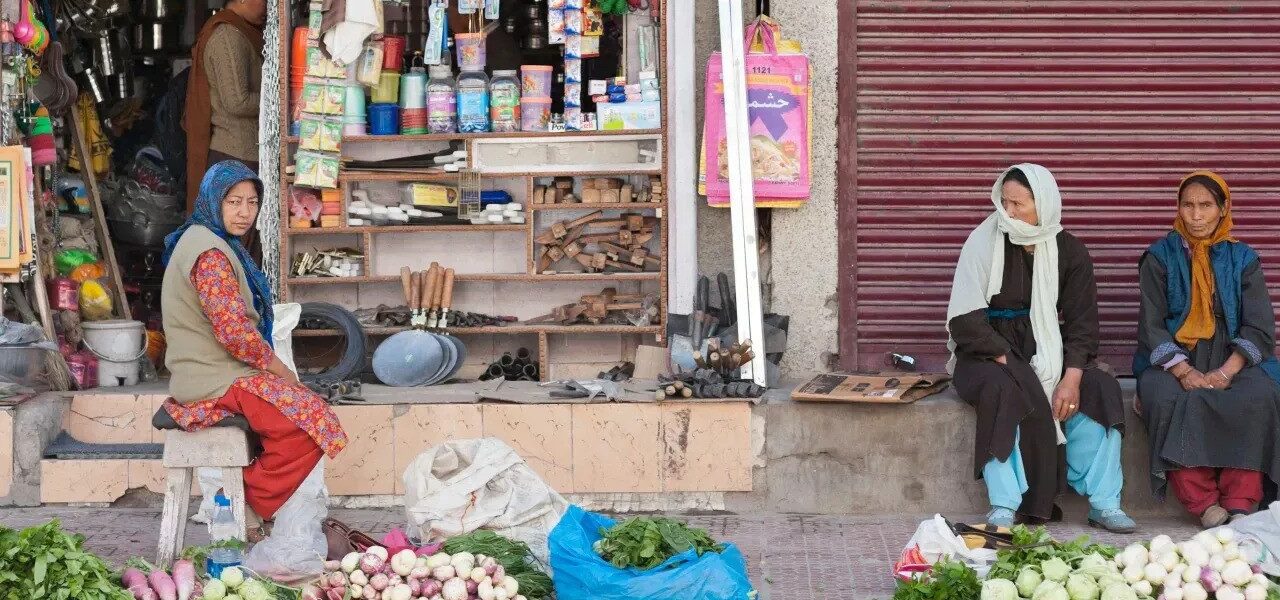📍 Where is Drass? Understanding Ladakh’s Hidden Gem
Nestled deep in the western Himalayas, Drass is a remote mountain town located in the Kargil district of Ladakh, India’s northernmost union territory. Often overlooked by travelers en route to Leh or Srinagar, Drass remains one of the last unspoiled frontiers of the region — a destination as wild as it is welcoming. Positioned at an altitude of approximately 3,300 meters (10,800 feet), Drass is a high-altitude settlement that commands attention for its unique blend of natural beauty, cultural heritage, and historical significance.
Known to many as the “Gateway to Ladakh”, Drass lies on the Srinagar-Leh Highway (NH1D), about 60 kilometers west of Kargil town and 140 kilometers from Sonamarg in Kashmir. The town serves as the first major Ladakhi stop for those entering from the Kashmir side, making it a key part of many road-tripping itineraries across the Himalayas. The route from Srinagar to Drass is nothing short of breathtaking, passing through the iconic Zoji La Pass, a narrow, rugged stretch carved between sheer cliffs and sweeping valleys. This high mountain pass, often snow-covered until late spring, is a rite of passage for adventurers and nature lovers alike.
Geographically, Drass sits in a glacial valley carved by the Drass River, a tributary of the mighty Suru River. Surrounded by towering peaks and alpine meadows, the area is a paradise for those seeking off-the-beaten-path beauty and serenity. Unlike the arid moonscapes of central Ladakh, Drass is greener, cooler, and quieter. Its unique microclimate and geography also contribute to its reputation as the second coldest inhabited place in the world, where winter temperatures can drop as low as -40°C (-40°F).
Despite its remote location, getting to Drass is relatively straightforward during the travel season (late May to early October). Regular buses, shared taxis, and private vehicles operate between Srinagar, Kargil, and Leh. However, because of heavy snowfall and dangerous road conditions, Zoji La is closed during winter, typically from November to April, cutting off Drass from the Kashmir side. For those planning a visit, the summer months offer the best weather and road access, revealing lush valleys, blooming wildflowers, and azure skies rarely seen elsewhere in Ladakh.
Drass is not just a scenic detour. It is a place where history echoes in the mountains, where hospitality is a way of life, and where the landscape awakens something primal in every traveler. If you’re looking for a destination that combines raw natural grandeur, strategic importance, and cultural depth, Drass is your gateway — to Ladakh’s soul.

❄️ Second Coldest Inhabited Place in the World
If you’ve ever wondered what it feels like to breathe in air so crisp it stings — welcome to Drass in winter. Known as the second coldest inhabited place in the world after Oymyakon in Siberia, this modest Ladakhi town has earned its place in weather history books. During the coldest months — especially January — temperatures in Drass can plummet below -40°C (-40°F), transforming the landscape into a shimmering realm of ice, stillness, and sky.
But Drass is more than a weather statistic. The extreme cold here is not just a challenge — it’s a way of life. Locals have adapted to the chill with remarkable resilience. Homes are built low and insulated, with thick walls and wood-burning stoves at the center of domestic life. Water is stored in barrels and thawed with fire. Meals are hearty and warming — with rich meat broths, thukpa, khambir bread, and salty butter tea becoming winter staples.
Despite the sub-zero temperatures, winter in Drass has a magic of its own. Snow-blanketed rooftops, crystal-clear skies, and complete silence give the village a dreamlike atmosphere. It’s a season when the mountain spirits seem closest. While tourism usually peaks in summer, those who dare to venture into Drass during the frozen months are rewarded with solitude, authenticity, and some of the most surreal landscapes imaginable.
For adventurers, the cold offers unique opportunities. Ice formations line the edges of the Drass River, and local children gather on frozen ponds to play a game that’s becoming an unlikely winter tradition in this corner of the world: ice hockey. Inspired by international visitors and support from the Indian Army and NGOs, Drass is slowly becoming a grassroots hub for winter sports. Watching young kids skate with homemade gear and fearless joy on natural ice is as moving as any mountain sunrise.
Visitors should prepare wisely. Winter gear must be top-tier: thermal layers, insulated jackets, waterproof gloves, snow boots, and headgear are non-negotiable. High-altitude acclimatization is also key — even more so in winter when conditions can be physically demanding. But for those who come prepared, Drass in winter is not a test of endurance — it’s an invitation into a secret world where silence rules, stars blaze above, and each breath feels sacred.
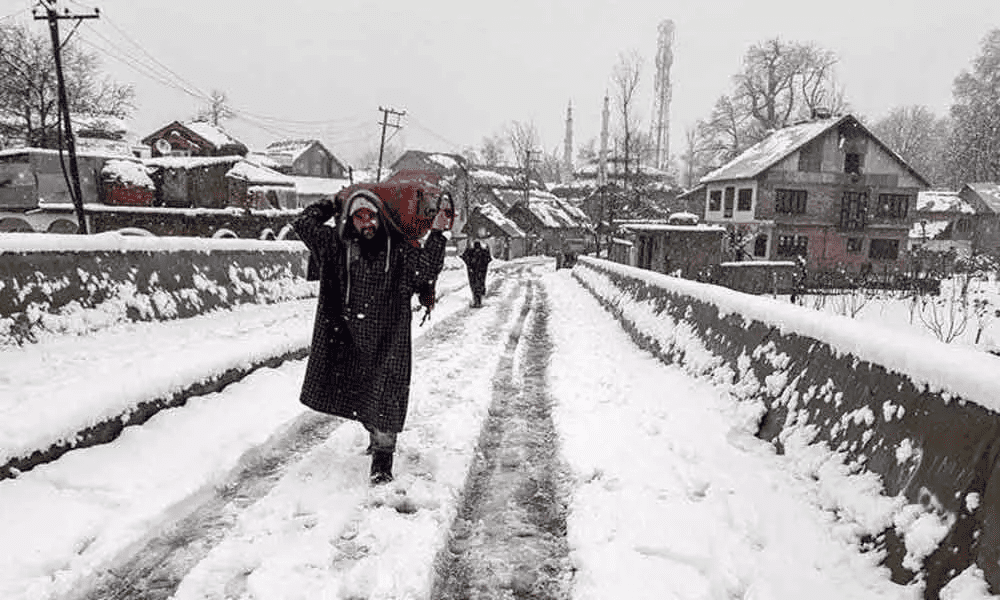
🏞 Scenic Beauty and Natural Attractions
Drass may be best known for its harsh winters and wartime history, but it is the raw, unfiltered natural beauty of the valley that leaves the deepest impression. Cradled by mighty Himalayan peaks and laced with crystal-clear streams, this corner of Ladakh is a feast for the eyes in every season. While much of Ladakh is characterized by stark, high-altitude deserts, Drass offers a surprisingly lush and varied landscape — especially in the summer months, when the snow melts to reveal meadows, wildflowers, and grazing pastures.
One of the most scenic drives in the entire Himalayan region begins just before reaching Drass. As you descend from Zoji La Pass, the valley opens up in a breathtaking panorama of snow-capped ridges, alpine forests, and stone-built villages clinging to the slopes. This area is a natural transition zone between the green valleys of Kashmir and the arid plateaus of central Ladakh, making Drass unique in both ecology and aesthetics. The Drass River, a tributary of the Suru River, flows through the valley, giving life to barley fields, poplar groves, and orchards.
To the southeast of Drass lies the magnificent Suru Valley, one of the most picturesque and underexplored parts of Ladakh. Framed by towering peaks like Nun and Kun — two of the highest mountains in the Indian Himalayas — this valley is home to glacial rivers, wild pastures, and traditional villages that seem untouched by time. Though road access can be challenging, a day trip or overnight excursion into Suru Valley offers unforgettable views and close encounters with the pastoral life of the region.
One of the most iconic views near Drass is that of Tiger Hill, a now-famous peak that once witnessed fierce fighting during the 1999 Kargil War. Today, the hill stands as a serene, snow-draped sentinel, offering visitors a chance to reflect on history while marveling at nature’s grandeur. The sight of Tiger Hill at sunrise — its sharp silhouette glowing gold as the first light touches its summit — is a moment that burns itself into memory.
Whether you’re traveling with a camera, a sketchbook, or simply an open heart, the landscapes around Drass will speak to you in silence. The air is clean, the colors intense, and the views endless. This is not a place to rush through. It is a place to breathe slowly, to walk gently, and to absorb the powerful stillness that defines the Himalayas.
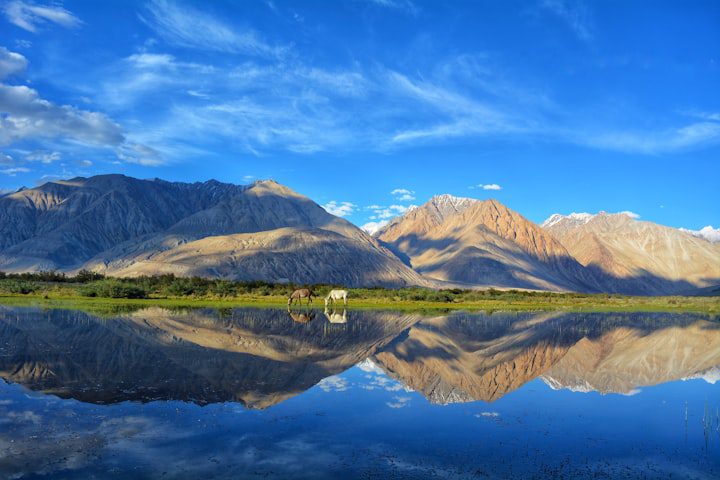
🧭 Things to Do in Drass: Culture, Nature & Adventure
While Drass may not boast a bustling market square or luxury resorts, what it offers is far more enriching — an invitation to experience the rhythms of everyday life in one of the world’s most remote and beautiful mountain valleys. Here, adventure doesn’t mean adrenaline rushes or bucket-list checkmarks. It means walking through living history, sharing tea with locals, and being present in a place where nature and tradition still guide daily life.
Begin with a walk through the main village of Drass, where modest homes with prayer flags fluttering in the wind line narrow roads. Balti culture dominates here — a blend of Tibetan, Central Asian, and local influences passed down through generations. Stop by a roadside stall for a bowl of thukpa (noodle soup), or try the local bread, khambir, paired with salty butter tea. Meals are simple, nourishing, and deeply rooted in the land.
If you’re looking to stretch your legs, the hills around Drass offer excellent day hikes with rewarding views. You don’t need technical skills — just sturdy shoes, some water, and a sense of curiosity. Short trails lead to ancient shepherd routes, frozen streams in winter, or high plateaus where herders still graze their animals in the summer months. These walks are not just about landscapes; they’re about perspective. Watching the valley open beneath your feet, hearing the wind ripple across grass and stone — it’s a form of meditation.
Drass is also an ideal place to connect with the unfiltered warmth of Ladakhi hospitality. Homestays and small guesthouses welcome travelers not as customers but as guests. Share evening meals with your host family, sit around a bukhari (wood stove), and learn about the local way of life. Here, stories are currency, and every traveler leaves with a tale to tell — often about something as simple as a shared smile, or a spontaneous invite to a family prayer.
And for those who appreciate small cultural encounters, keep an eye out for seasonal festivals and community events. In the summer, the surrounding villages often host local gatherings that include music, dance, and traditional sports. In winter, the frozen ponds become gathering grounds where children teach themselves to skate — part of a growing grassroots ice hockey movement supported by local youth and visiting volunteers.
The charm of Drass lies not in curated tourist attractions, but in the authenticity of its silence, its snow, its people, and its pace. If you come seeking connection — to the mountains, to culture, or to yourself — Drass offers it without pretense. Just bring time, humility, and warm socks.
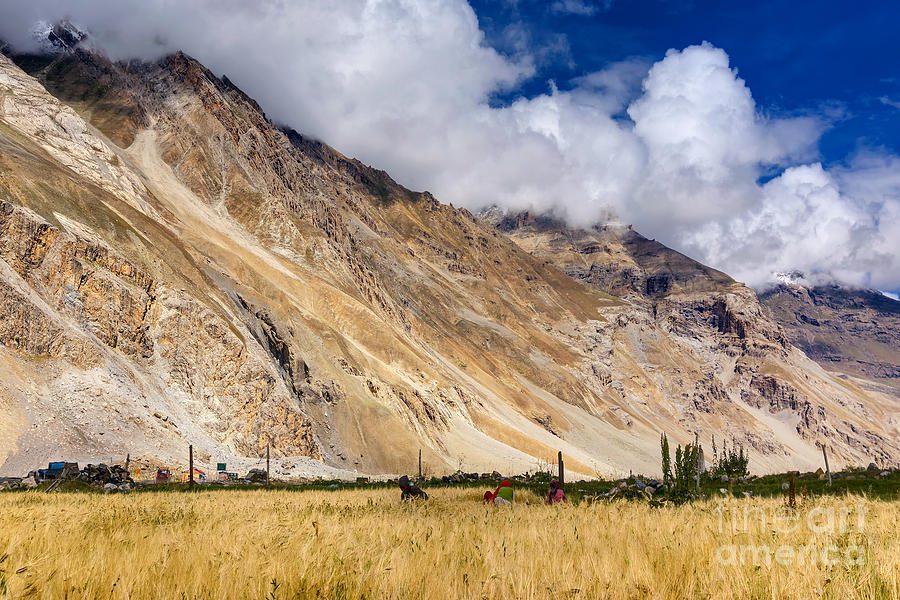
🏛 Visiting Vijaypath – The Kargil War Memorial
A few kilometers outside Drass town, along the Srinagar-Leh highway, stands one of the most emotionally resonant sites in all of Ladakh — the Kargil War Memorial, also known as Vijaypath. Set against the rugged backdrop of the Tololing Range, this memorial is not only a tribute to the fallen heroes of the 1999 Kargil War but also a powerful reminder of the fragile peace that defines this high-altitude frontier.
Built and maintained by the Indian Army, the memorial honors the soldiers who lost their lives during Operation Vijay, when Indian forces reclaimed the strategic peaks along the Line of Control from infiltrating militants. The war was fought under extraordinarily harsh conditions — steep cliffs, thin air, and the brutal chill of Drass’s unforgiving terrain. Today, the serene silence of the memorial grounds contrasts sharply with the violence of its past.
Upon arrival, visitors are greeted by the sight of a pink sandstone wall engraved with the names of martyred soldiers. The eternal flame flickers in their memory, watched over by flags and mountain shadows. Behind the wall, the path leads to a small museum that houses personal items recovered from the battlefield — uniforms, letters, weapons, and photographs. These artifacts bring home the human scale of a war often spoken of only in geopolitical terms.
From the memorial’s grounds, visitors can see prominent peaks like Tiger Hill and Tololing, once the stage of intense fighting. The fact that you can stand in silence today, gazing at these mountains while birds fly overhead and prayer flags flutter nearby, is a testament to resilience — both of the land and the people who call it home.
The site is open to the public and is free to enter, though donations are welcome. There is a helpful staff of army personnel who sometimes offer informal tours or explain the war’s chronology in a simple, heartfelt manner. The atmosphere is one of quiet dignity. It is common to see travelers — Indian and international alike — moved to tears or standing in reflective silence.
For travelers, a visit to the Kargil War Memorial is more than a stop on the map. It is a moment to pause, to honor courage, and to understand the cost of the landscapes we photograph and admire. In a region often associated with remoteness and beauty, this memorial adds the essential layer of memory and meaning.
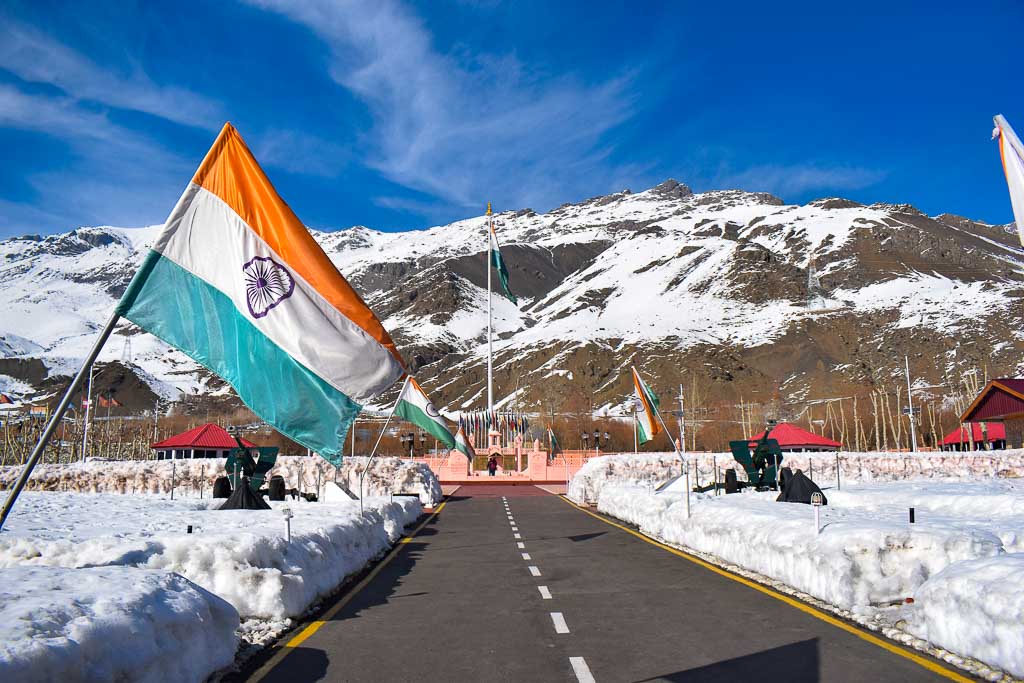
🏒 Ice Hockey with Local Children in Winter
In the bitter cold of Drass, where temperatures dive far below freezing and silence fills the snowy valleys, something extraordinary comes to life: the sound of children gliding over ice, shouting with joy, chasing a puck across a frozen pond. This is ice hockey in Drass — not in an arena, but under open skies, framed by the Himalayas. And it is made possible, in part, by the support of LIFE on the PLANET LADAKH, a community-focused initiative bringing people together through sport and cultural exchange.
Each winter, as water sources freeze and the landscape turns white, natural ice rinks form in and around Drass village. What was once just a way to pass time during long winters has now become a symbol of resilience, aspiration, and connection. LIFE on the PLANET LADAKH collaborates with local families, youth groups, and visiting volunteers to support this grassroots movement. They help by providing equipment — skates, sticks, gloves — and by organizing workshops where visiting players from India and abroad coach and play alongside the children.
It’s more than a sport. Ice hockey here fosters confidence and teamwork in places where children grow up surrounded by isolation and harsh conditions. Many of them learn to skate using improvised gear — hand-me-down boots or makeshift sticks — and yet, when they step onto the ice, their determination is infectious. Through this program, some children are even able to travel to Leh or Kargil for friendly tournaments, opening doors they never imagined possible.
For travelers visiting Drass in winter, joining this activity — even as a spectator — is a profound cultural experience. You’re not just watching a game. You’re witnessing hope and joy in its purest form. And if you’re willing to participate, LIFE on the PLANET LADAKH welcomes visiting guests to donate time, share skills, or even play a match. No previous experience is required — just warm clothes and an open heart.
The goal is not competition. The goal is connection. Through these ice hockey sessions, children learn not only to skate but to dream, to interact with people from outside the valley, and to see their small world as part of something bigger. For visitors, the experience often becomes the highlight of their journey — an unexpected chapter of laughter, movement, and mutual respect in the coldest corner of Ladakh.
If you’re planning a winter trip to Drass, check with LIFE on the PLANET LADAKH in advance. Opportunities to join the exchange, donate gear, or volunteer are usually available from late December through February. In this frozen land where breath crystallizes in the air, you may just find the warmest moments of your journey.
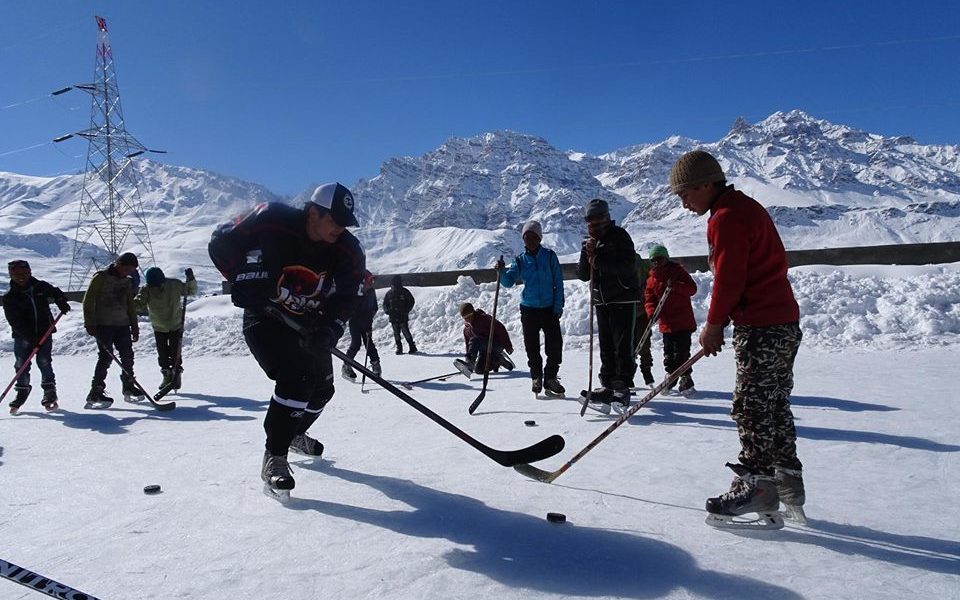
🌍 Sustainable Tourism and Travel Tips
Drass is a fragile place — not just because of its climate or its remoteness, but because of the delicate cultural and ecological balance that has been preserved for generations. As tourism slowly grows in this part of Ladakh, so too does the responsibility of travelers to ensure that their visit contributes positively to the land and its people. In Drass, sustainable travel isn’t a buzzword — it’s a necessity.
One of the best ways to support the local economy is by choosing to stay in homestays or locally run guesthouses. These accommodations not only provide income to local families but also offer an immersive experience into daily Ladakhi life. Meals are home-cooked, often using seasonal ingredients and traditional methods. Rooms are basic but warm, often heated by a central bukhari and decorated with handcrafted textiles.
LIFE on the PLANET LADAKH works closely with several of these establishments to ensure that guests are well cared for and that tourism remains community-centered. They also help train hosts in hospitality, language, and sustainable waste practices. Many homes now offer filtered drinking water to reduce the need for plastic bottles, and several use solar-powered lights and heaters.
As a traveler, there are small but significant choices you can make that ripple outward. Carry your own reusable water bottle. Avoid packaged snacks and plastic waste. Dress modestly, especially when visiting family homes or cultural sites. Always ask before taking photographs of people. And above all, respect the slowness of life here. In Drass, nothing moves quickly — and that’s part of the beauty.
Another vital tip: prepare thoroughly, especially if you are traveling in winter. This means not only dressing warmly and acclimatizing to the altitude, but also being mentally ready for power outages, limited mobile connectivity, and the rare chance of roadblocks due to weather. Bring cash, a power bank, and patience. Your adaptability is not just for your comfort — it reduces the burden on hosts and local resources.
By traveling mindfully, you help ensure that Drass remains not only beautiful but also viable — a place where tradition is valued, youth are inspired, and nature is preserved. When you leave, leave lightly. Take memories, leave respect.
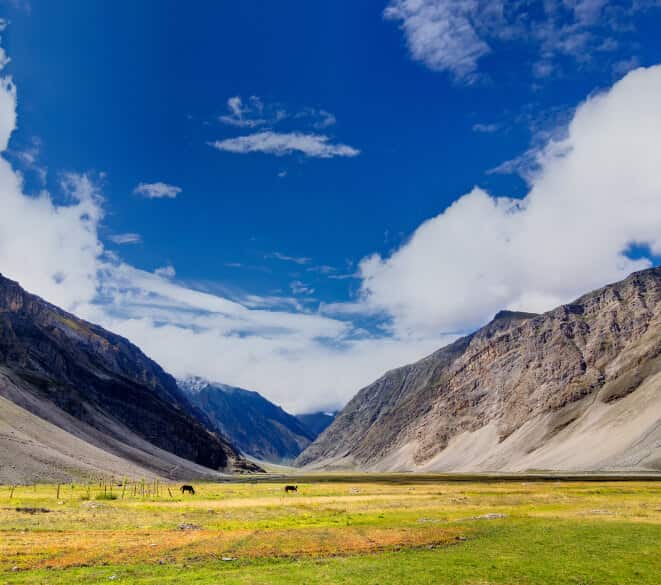
📸 Drass Photo Diary: Visuals from the Himalayas
Drass is not just a destination — it’s a canvas painted by the seasons, the light, and the stories of the people who call it home. For photographers, both amateur and professional, this high-altitude valley offers an endless array of subjects. From vast snowy plains to intimate portraits of local life, every corner of Drass whispers its own visual poetry.
One of the most iconic photo moments in the region is sunrise over Tiger Hill. On clear mornings, the first light spills across its jagged silhouette, casting long shadows and illuminating the peaks with golden hues. Whether you shoot with a DSLR or a phone, this is one moment you won’t want to miss. Just outside Drass town, the Kargil War Memorial is another powerful photo location — not only for its solemn beauty but for the sight of Tololing and Tiger Hill rising dramatically behind it.
In summer, the landscape transforms into a lush tapestry of green meadows and blooming wildflowers. The Drass River, shimmering under the sun and snaking gently through the valley, becomes the perfect subject for wide-angle shots. Along its banks, villagers tend to their fields, children play in the grass, and old stone bridges stretch across the current — scenes that capture the harmony of mountain life.
If you’re visiting in winter, prepare for surreal landscapes. Snow clings to rooftops, trails disappear beneath soft white blankets, and the entire valley glows in quiet light. Some of the best photographs come from moments of stillness — frosted trees catching sunlight, or local children skating on makeshift ice rinks. LIFE on the PLANET LADAKH often shares these glimpses of joy and resilience through community photo journals, showcasing how the coldest places often hold the warmest stories.
For drone enthusiasts, there are few places as visually striking as Zoji La Pass. The winding road clings to sheer rock faces, while endless layers of mountains stretch into the distance. Please note that drone use may require local permission, so always check in advance. Ethical photography matters in Drass — always ask before photographing people, and be sensitive when visiting places of worship or memorials.
Whether you’re drawn to landscapes, portraits, or documentary-style storytelling, Drass is a place where the lens becomes a bridge — connecting viewer and subject, traveler and land. Each image you capture here becomes part of a shared archive — a reminder that the Himalayas are not only seen, but felt.
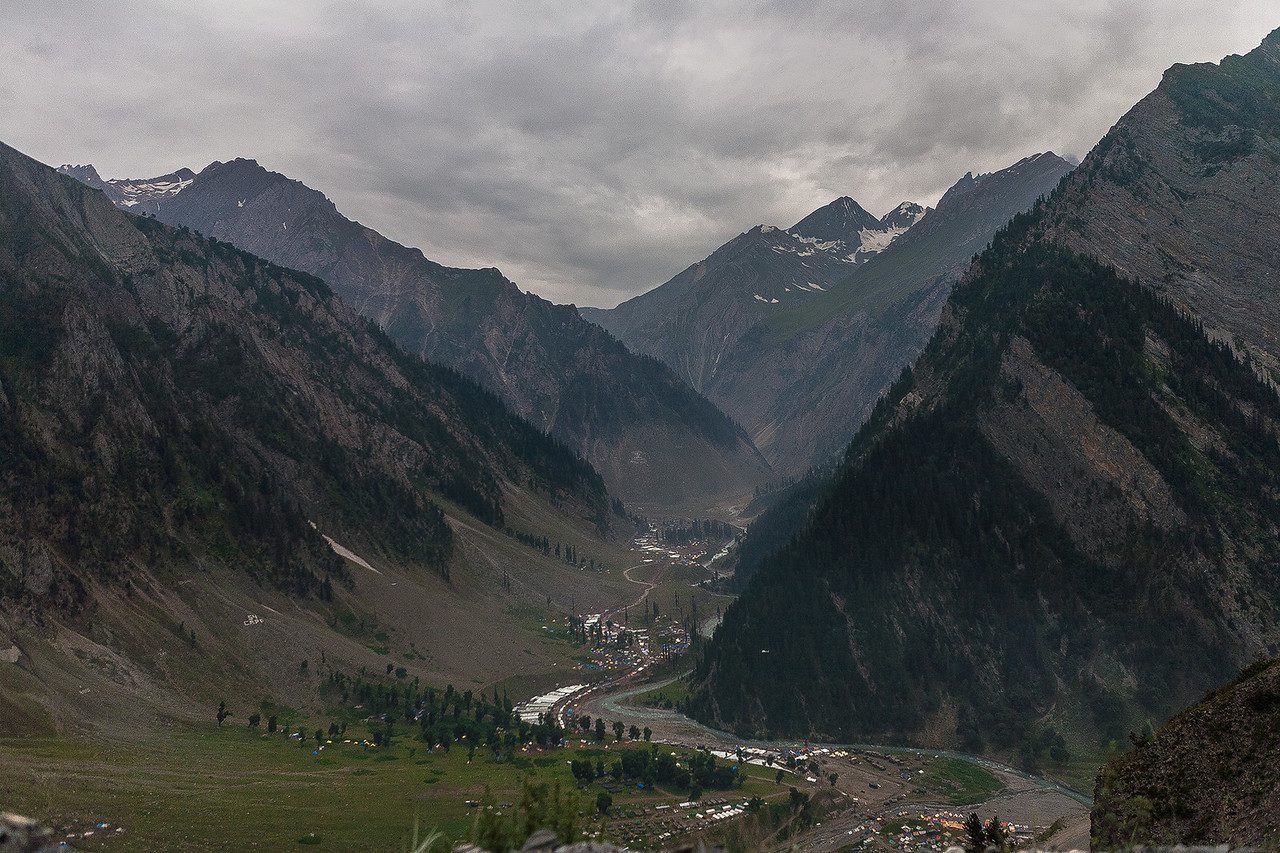
🛣 Suggested Itineraries Including Drass
Whether you’re traveling from Kashmir into Ladakh or making your way back from Leh, Drass deserves more than a quick photo stop. Its unique location on the Srinagar-Leh Highway (NH1) makes it an ideal inclusion in both short and extended Himalayan itineraries. Below are a few practical options for including Drass in your journey — whether you’re an explorer chasing landscapes or a mindful traveler seeking connection.
3-Day Drass and Kargil Itinerary (Perfect for Srinagar Entry)
Day 1: Drive from Srinagar to Drass via Sonamarg and Zoji La. Stop for photography and chai at Zoji La viewpoint. Arrive in Drass by late afternoon and check in at a local homestay.
Day 2: Visit the Kargil War Memorial early in the morning, followed by a scenic drive to the Suru Valley viewpoint. Return for lunch in Drass. In the evening, join local children for ice hockey practice (in winter) or a village walk (in summer).
Day 3: Depart Drass for Kargil, stopping at riverside hamlets and small monasteries en route. Overnight in Kargil or continue towards Leh.
Extended Ladakh Loop: 10 Days via Srinagar – Drass – Kargil – Leh
If you’re traveling overland from Srinagar to Leh, allow at least two nights in the Kargil-Drass region for a deeper experience. After visiting Drass and the war memorial, you can head south to explore Sankoo and Panikhar in the Suru Valley before rejoining the highway towards Leh. This loop not only breaks up the drive but adds cultural and scenic diversity to your Ladakh trip.
Winter Adventure Itinerary (Late December to February)
For adventurous travelers seeking snow and silence, this route offers a glimpse into Himalayan life at its most raw.
Day 1: Arrive in Kargil (by road from Srinagar or Leh). Overnight stay.
Day 2: Drive to Drass. Visit the frozen Drass River, observe ice hockey practice supported by LIFE on the PLANET LADAKH, and spend the evening sharing stories with locals.
Day 3: Return to Kargil or continue further depending on road and weather conditions.
Each of these itineraries balances landscape, culture, and reflection. Drass is not a place to rush. It rewards those who linger — who listen to the silence, watch the sun shift across snowy ridges, and take time to understand what makes this valley sacred. With simple planning, the coldest village in India may warm your heart the most.
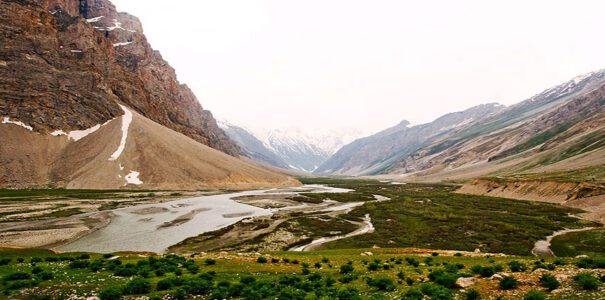
🧳 FAQs About Traveling to Drass
Before you pack your bags and head for the wild beauty of Drass, you might have a few lingering questions — especially if it’s your first time venturing into the high Himalayas. Here are some of the most frequently asked questions about traveling to Drass, answered with practical insight and a local-friendly mindset.
Is Drass safe for tourists?
Yes, Drass is considered safe for both Indian and international tourists. Despite its proximity to the Line of Control (LoC), the town is peaceful and under constant watch by the Indian Army. The local population is friendly, respectful, and accustomed to welcoming visitors. As always, travelers should respect local customs and stay updated with any travel advisories during their journey.
How can I reach Drass?
Drass is located on the Srinagar–Leh Highway (NH1), about 140 km from Srinagar and 60 km from Kargil. You can reach it by car, shared taxi, or bus during the travel season (typically May to October). The Zoji La Pass, which connects Kashmir to Ladakh, is usually closed in winter due to heavy snow. Travelers coming from Leh should expect a full day’s journey through Kargil.
Do I need a permit to visit Drass?
No special permit is required for Indian nationals to visit Drass. However, foreign tourists traveling in Ladakh may need to carry their passport and Inner Line Permit (ILP) if they plan to visit restricted areas beyond Kargil or near the LoC. For Drass itself, only standard ID is needed.
What should I pack for a trip to Drass?
Packing depends on the season. In summer (May–September), carry light woolens, windproof jackets, sunscreen, and a reusable water bottle. In winter (October–March), bring multiple layers, a heavy down jacket, gloves, thermal base wear, insulated boots, and lip balm. Always pack altitude medicine (such as Diamox), a power bank, and cash — ATMs are limited.
Is altitude sickness a concern in Drass?
Drass is situated at around 3,300 meters (10,800 ft), which is generally tolerable for most travelers, especially if arriving from lower Ladakhi altitudes like Kargil. However, those coming directly from Srinagar may feel the effects of rapid altitude gain. Rest well, hydrate, and avoid alcohol on the first day. If you’re sensitive to altitude, consult a doctor before your trip.
Can I use the internet or mobile phones in Drass?
Mobile connectivity is available but limited. BSNL and Jio work best. Internet access is often slow or unreliable, especially in winter. For international tourists, Indian SIM cards are required. Many homestays now offer basic Wi-Fi or mobile hotspots, but don’t expect high-speed connectivity.
Traveling to Drass is a beautiful reminder to slow down, disconnect, and experience the Himalayas with all your senses. With a little preparation and an open heart, you’ll find everything you need — and more — in this unforgettable valley.
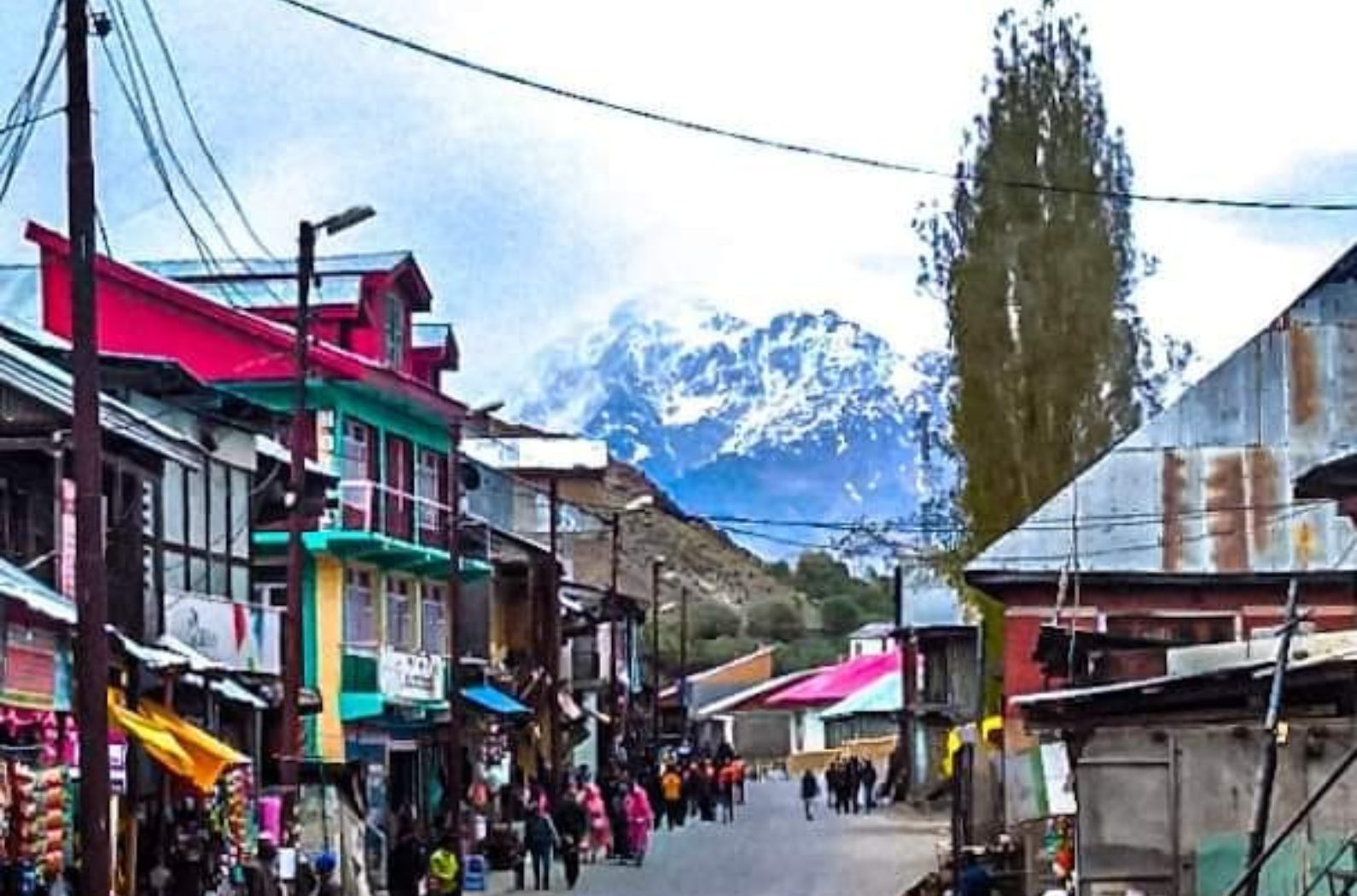
🧭 Final Thoughts: Why Drass Deserves a Place on Your Ladakh Itinerary
In a world where so many travel experiences are polished and packaged, Drass remains powerfully real. This high-altitude valley, often passed through but rarely explored, offers something rare: a chance to feel the silence of the mountains, the resilience of its people, and the quiet strength of a land shaped by time, weather, and history.
Whether you come for the dramatic landscapes, the war memorial, the ice hockey games on frozen ponds, or the warmth of a home-cooked Balti meal, Drass leaves an imprint. It may not shout for your attention like the high passes of Nubra or the blue waters of Pangong Tso, but it speaks — deeply, softly — and for those who listen, it echoes long after you’ve left.
Including Drass in your Ladakh itinerary isn’t just about filling space on a map. It’s about choosing slowness over speed, meaning over novelty, and connection over consumption. It’s about waking up to frost on your window and watching the sun touch Tiger Hill. About sharing laughter with children on ice, or sitting beside a stove as the wind howls outside.
Supported by community-driven projects like LIFE on the PLANET LADAKH, Drass is quietly redefining what Himalayan travel can be: inclusive, immersive, and respectful. And while the future will bring change, what stays constant is the soul of this place — untouched, unhurried, unforgettable.
So when you plan your journey to Ladakh, leave space — not just in your schedule, but in your heart — for Drass. Come not to tick it off, but to let it in.

